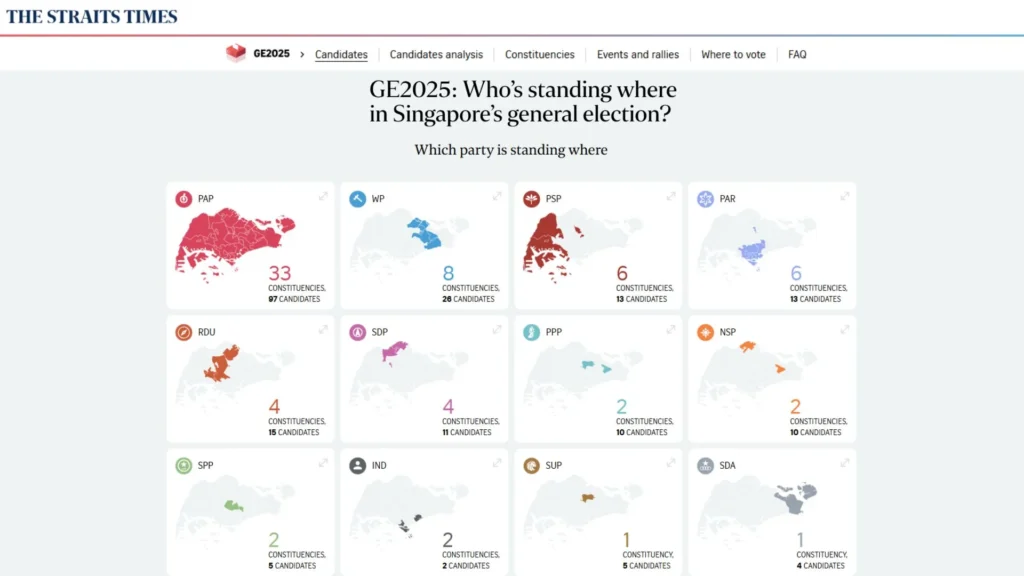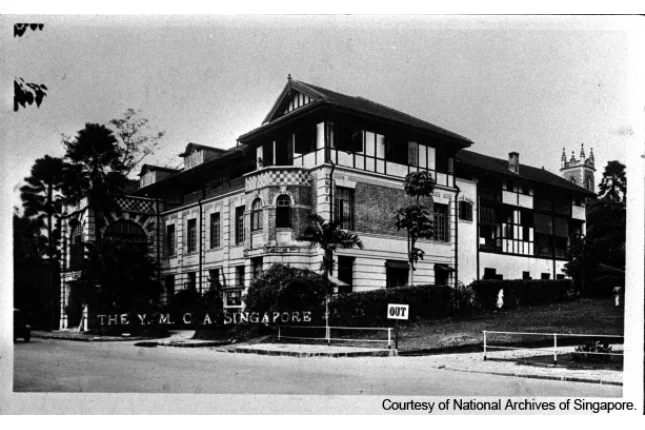Today is the last campaigning day of GE2025, and The Straits Times has provided an excellent data visualization of this year’s election. It’s a simple map showing where every party is represented.
At first glance, it resembles the board game Risk, with parties having staked their territories and established their bases. Larger opposition parties like WP, PSP, PAR, RDU, and SDP have strategically positioned their territories close to one another.

This would be a typical strategy in Risk – determining where to build the strongest base and gradually expand from there. It’s a crucial approach, especially when the electoral landscape for the next election in five years remains uncertain. Even if boundaries change, such adjustments are likely to be minimal.
When parties split their territories, as seen with PPP and NSP in this election, consolidation becomes challenging. PPP, for instance, has chosen constituencies separated by WP, which could make future territorial expansion difficult. If WP plans to expand in the next election, they would likely target the two PPP constituencies due to their proximity.
NSP faces an even more precarious situation, caught in a four-corner fight in an area that WP is unlikely to relinquish as they seek to expand their territory.
The maps reveal that PSP (Kebun Baru), PAR (Yio Chu Kang), and SDP (Bukit Panjang) have single-member constituencies (SMC) that are not connected to their larger territories. Unless they win in this election, retaining these areas in the next election seems improbable.
This analysis is purely based on strategic parallels with the board game Risk and does not consider the specific characteristics of the parties, their leaders, or candidates.




